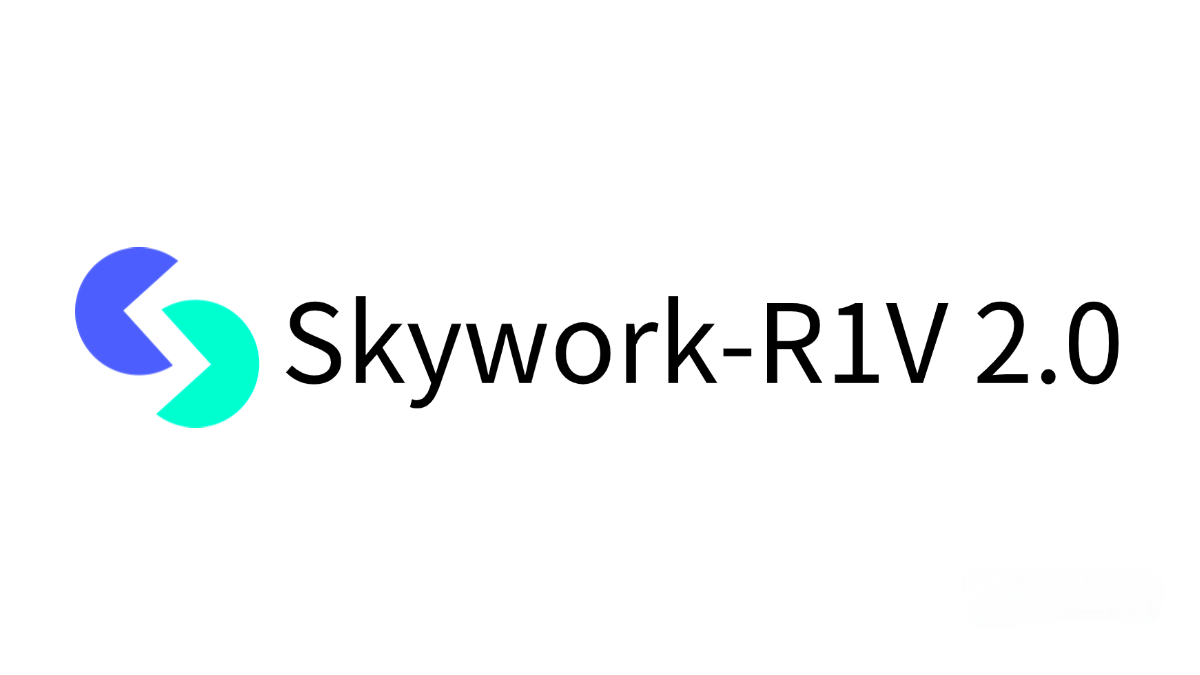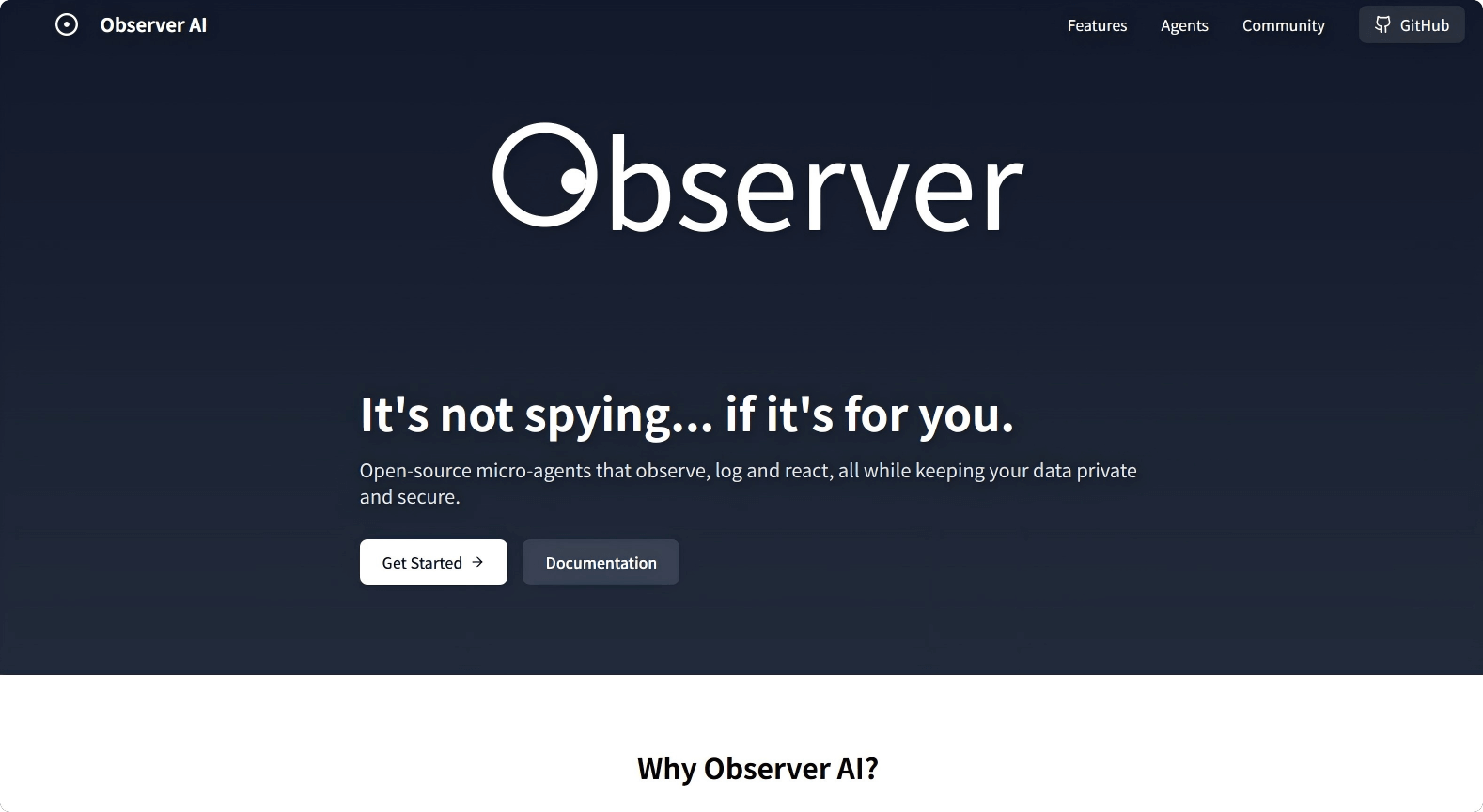Skywork-R1V 2.0 – The New Open-Source Multimodal Reasoning Model by Kunlun Wanwei
What is Skywork-R1V 2.0?
Skywork-R1V 2.0 is the latest open-source multimodal reasoning model released by Kunlun Wanwei, specifically designed for complex reasoning tasks. It possesses powerful capabilities in both visual and textual reasoning. The model balances reasoning and generalization abilities through hybrid reinforcement learning and a multimodal reward model (Skywork-VL Reward). It introduces a Selective Sample Buffer (SSB) mechanism to address the “advantage collapse” issue often seen in reinforcement learning.
Skywork-R1V 2.0 has demonstrated outstanding performance in authoritative benchmarks such as AIME2024 and OlympiadBench, achieving results that rival or even surpass some closed-source models. The model weights and source code are fully open-sourced, promoting the development of the multimodal ecosystem and supporting fields such as education and scientific research.

Key Features of Skywork-R1V 2.0
-
Complex Reasoning Tasks: Supports solving advanced questions in mathematics, physics, chemistry, and other science subjects, providing deep reasoning and problem-solving insights.
-
Multimodal Understanding: Combines textual and visual information for comprehensive visual-language reasoning.
-
General Task Adaptation: Excels in general tasks such as creative writing and open-ended Q&A.
-
Educational Support: Acts as an assistant for solving STEM problems in exams like China’s Gaokao, helping students understand and solve challenging questions.
-
Scientific Research: Supports scientific analysis and experiment design, offering logical reasoning and data analysis capabilities.
-
Competitive Programming: Aids in solving algorithmic problems in programming contests, offering code generation and debugging suggestions.
Technical Principles of Skywork-R1V 2.0
-
Hybrid Reinforcement Learning: Combines the Skywork-VL Reward multimodal reward model with rule-based feedback to provide high-quality reward signals, balancing reasoning and generalization capabilities. The Selective Sample Buffer (SSB) mechanism addresses the issue of advantage collapse and improves training efficiency.
-
Mixed Preference Optimization (MPO): Integrates preference signals and rule-based feedback to enhance reasoning performance and compliance with output formats.
-
Multimodal Fusion: Utilizes lightweight MLP adapters to connect the InternViT-6B vision encoder with large language models such as QwQ-32B, reducing reliance on large-scale multimodal datasets. This approach combines pre-trained language models with visual adapters to retain reasoning capabilities while enhancing visual understanding.
-
Modular Reorganization: A modular design allows for independent optimization of vision and language modules while maintaining efficient cross-modal alignment. Different training combinations of the vision encoder, adapter, and language model improve overall performance.
-
Training Strategies:
-
Group Relative Policy Optimization (GRPO): Uses relative reward comparisons among candidate responses within groups to guide model optimization.
-
Multiple Loss Functions in MPO: Includes Behavior Cloning Objective (BCO), Supervised Fine-Tuning (SFT), and others to enhance model stability and generalization.
-
Project Resources
-
HuggingFace Model Repository: https://huggingface.co/Skywork/Skywork-R1V2-38B
-
arXiv Technical Paper: https://arxiv.org/pdf/2504.16656
Application Scenarios of Skywork-R1V 2.0
-
Educational Support: Helps students solve challenging STEM exam questions by providing structured solutions and reasoning paths.
-
Scientific Research: Assists researchers with experimental design, data analysis, and literature-based knowledge extraction.
-
Programming Development: Offers code generation, debugging, and optimization suggestions for programming contests and software development.
-
Creative Writing: Supports creators by generating imaginative content and answering open-ended questions.
-
Multimodal Understanding: Handles tasks involving both image and text, enabling the analysis of multimedia content.
Related Posts




